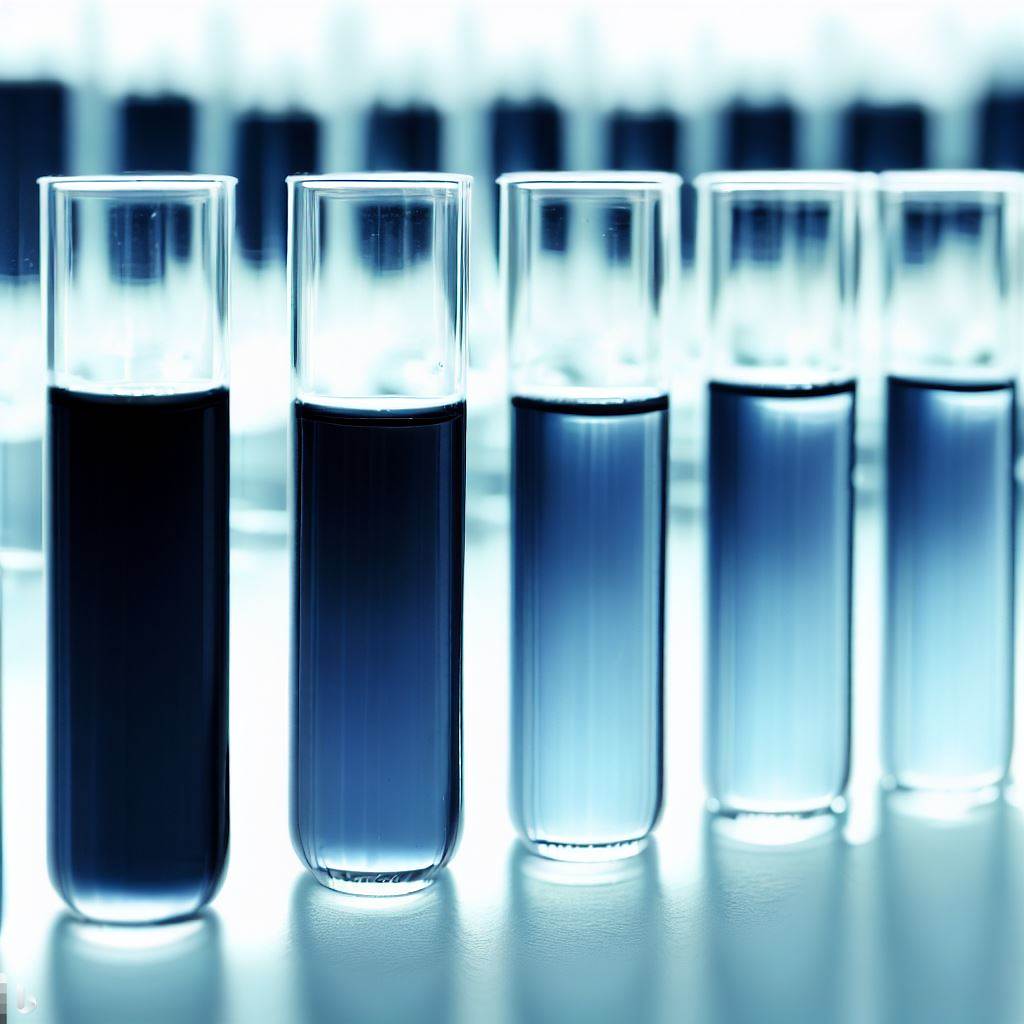Chemistry 101 for Teens
- Introduction to Chemistry
- The Periodic Table
- Atomic Structure
- Chemical Bonding
- Chemical Reactions
- Solutions and Solubility
- Acids, Bases, and pH
- Energy in Chemistry
- Organic Chemistry Basics
- Biochemistry Basics
- Chemistry in Our Daily Life
Solutions and Solubility
Concentration Calculations in Chemistry

Type of physical property; the abundance of a constituent divided by the total volume of a mixture.
Concentration is a fundamental concept in chemistry, often used in laboratory settings and calculations. It refers to the amount of solute present in a given quantity of solvent or solution. Understanding how to calculate concentration is crucial for predicting how substances in a solution will react with each other, and for determining the effective dosage of a given solution.
Definition of Concentration
In chemistry, concentration refers to the measure of how much of a given substance (solute) is mixed with another substance (solvent). The solute is the substance that is dissolved, while the solvent is the substance in which the solute is dissolved.
Units of Concentration
There are several ways to express the concentration of a solution, and the unit used can vary depending on the specific requirements of a calculation or a reaction. Here are the most common units of concentration:
-
Molarity (M): This is the number of moles of solute per liter of solution. It is the most commonly used unit of concentration in chemistry.
-
Molality (m): This is the number of moles of solute per kilogram of solvent. Unlike molarity, molality is not affected by changes in temperature or pressure.
-
Normality (N): This is the number of equivalent weights (equivalents) of solute per liter of solution. Normality is often used in acid-base and redox reactions.
-
Percent composition: This can be expressed in two ways: percent by mass (mass of solute/mass of solution) x 100%, or percent by volume (volume of solute/volume of solution) x 100%.
Calculating Concentration
The formulas for calculating concentration are straightforward and are based on the definitions of the units:
- Molarity (M) = moles of solute / liters of solution
- Molality (m) = moles of solute / kilograms of solvent
- Normality (N) = equivalents of solute / liters of solution
- Percent composition = (mass or volume of solute / mass or volume of solution) x 100%
Dilution of Solutions
Dilution is the process of reducing the concentration of a solute in solution, usually by mixing with more of the solvent. The formula for dilution is M1V1 = M2V2, where M1 is the initial molarity, V1 is the initial volume, M2 is the final molarity, and V2 is the final volume.
Practical Applications of Concentration
Concentration plays a crucial role in various areas of chemistry and everyday life. It is used in laboratory settings to prepare solutions with precise amounts of substances. In medicine, it is used to determine the dosage of a drug to be administered. In environmental science, it is used to measure the amount of pollutants in air or water.
Understanding concentration calculations is fundamental to mastering chemistry. It allows us to control and measure the amount of reactants and products in a chemical reaction, which is essential in both academic and industrial applications.